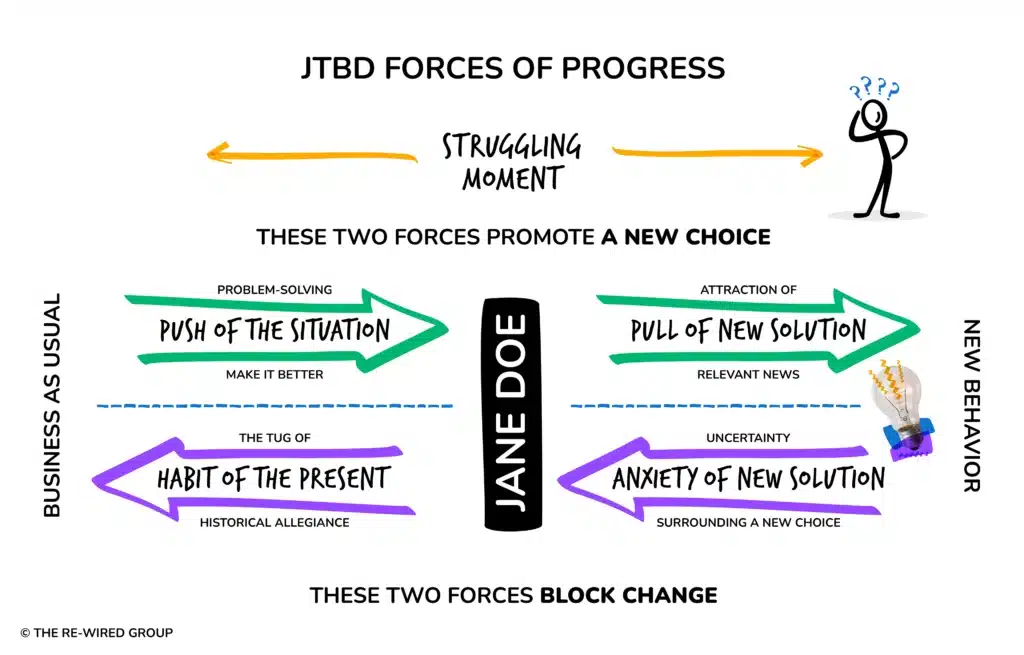Background
During the housing bubble, Bob Moesta and the team worked with a regional homebuilder. The builder’s sales were down significantly compared with previous years. He was struggling to generate enough revenue, and the housing market was in free fall.
The builder had two primary product lines: affordable single-family homes, & condominiums for “downsizers”.
To understand what consumers wanted to buy which would then go on to inform how to design, build and market his houses, he used traditional market research. This research primarily consisted of surveying and interviewing potential customers about what features & benefits they wanted in a new house.
The challenge
Like many companies, the builder used traditional marketing techniques and research tools. He talked to prospects and asked them ‘what do you want in a newly built home?’ Consumers told them they wanted more hardwood floors, granite counters, stainless steel appliances, etc.
Most, if not all, of the homebuilders in the market were engaged in similar types of research and interpreting the results in a similar manner. As a result, many builders believed they had to add more features and benefits to their product designs.
This caused the price of the homes to increase significantly. These factors combined to cause an even greater slow-down in new home sales.
In the end, our client was confused and frustrated. He could not understand why when he designed and built homes that had the features and benefits customers said they wanted, they still did not buy.
Project information
Industry: Construction
Use Case: Consumer Insights
Services: JTBD Interviews and Consultation

